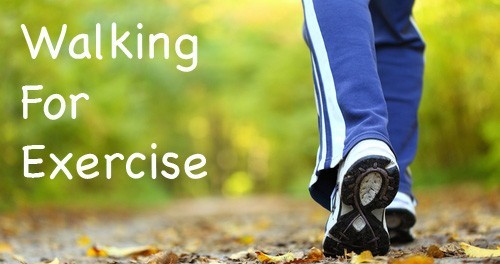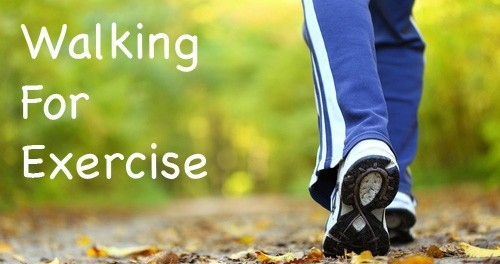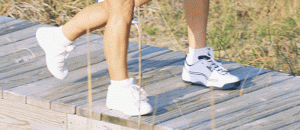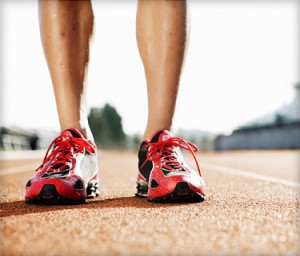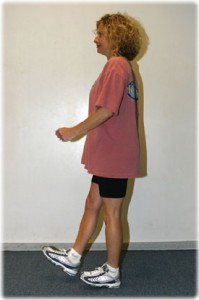Walk Talk Series
Day 44 – Shin Splints
Affirmation of the Day
I am inspired by the world around me! I am creative and spontaneous! I am excited and full of life!
Do you need to practice assertiveness? If friends and family try to tempt you away from your diet or walking and won’t take no for an answer, it’s time to use assertiveness techniques. “Thanks, that really looks (or sounds) great. But I am doing so well now on my walking and nutrition program that I don’t want to trip up. I need your help to keep me moving in the right direction.”
- Health/Recovery Walk: 40-75 minute walk in the healthy heart zone 50-60% of your maximum heart rate
- Warm up with 5 minutes at a very easy pace
- Find a safe spot with a wall or pole to do a 5 minute easy stretching routine
- Now resume your walk at a comfortable pace
- End with 5 minutes of gentle stretching
Shins Ache?
You are not alone. Aching shins is a very common complaint for new walkers. It can also be a problem for walkers increasing their speed or distance. Shin pain (generally referred to as shin splints) is caused from too much stress on weak shin muscles. This pain may be caused by many things including shoes with too high a heel or inflexible sole, weak shins or calves, tight shins or calves, striding out too far in front of your body, increasing speed or distance too rapidly, muscle imbalances or gait problems.
Symptoms can include throbbing, tenderness, and aching from below the knee to the ankle. The pain is normally worse early in the morning and at the beginning of your walk, and can gradually get better as your walk progresses.
Warm up by walking at a slower pace at the beginning of each walk. Then perform ankle circles (rotate ankle ten times in one direction, then ten times in opposite direction) and toe points (point toes, then flex foot – ten times on each foot) to get your muscles loosened up. Do the ankle circles and toes points several times each day, or write the alphabet in the air with your toes.
Stretch your calves, shins, and achilles tendon after every walk. Tight muscles make the shin work harder to lift your foot.
Cross train (biking, swimming, etc.) once or twice a week.
Replace your shoes when needed and choose the right shoe for your foot. Walkers should always choose flexible shoes with a low heel to produce the rolling motion needed for fitness walking. If you over pronate be sure to wear shoes that correct for this problem.
Choose a good walking surface. Avoid concrete if at all possible. If you walk on a road with an obvious camber try walking out and back on the same side of the road to avoid putting too much stress on one leg.
Increase your mileage and speed gradually. The general rule of thumb is to increase mileage at a rate of 10% each week.
Be sure that you are not over-striding.
Perform exercises to strengthen calves and shins.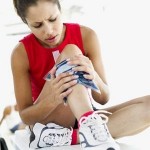
If you are currently having shin pain you may need to take a day or two of rest and start back more slowly. Remember RICE: Rest, Ice, Compression and Elevation
Shin Exercises (examples):
Walking on heels, and walking on toes: Probably the single easiest way to strengthen your shins is to walk on your heels.
-
Walk slowly, with a stride of no more than six inches. Remember, it’s not a race.
-
Focus on how high you point your toes. The higher you point them, the better and more intensely you work your shins.
-
Maintain this technique for 25 yards.
-
If your shins can’t handle this distance, stop walking on your heels briefly and stretch out your shins. Once you stretch properly, resume heel-walking the remainder of the 25 yards.
-
Upon completion, always stretch out the shins completely; you will feel happy you did so later.
Toe taps: Standing or sitting, tap the floor with the foot for 2 minutes.
Heel raises: Stand on one leg with a chair turned backwards in front of you. Holding onto the chair back, raise up on your toes keeping your knee straight. Hold for 1 second. Slowly lower to the ground. Repeat 10 times.
Toe points with ankle weights: Place a weight on your foot. While sitting; flex your foot and then point your toes. Do three sets of 10 with each foot. (you can start these with no weights.)
Exercise bands: Anchor an exercise band to an object on one end and loop the other end around your foot. Move your foot up and down and side to side against the band.
ALWAYS… warm up prior to exercise and stretch well after exercise.
Stress Fracture
Another cause of pain in the lower leg is a stress fracture. If you have a definite spot of sharp pain when you run your hand along your shin the pain may be a stress fracture. A horizontal rather than vertical line of pain is another indicator and stress fractures normally feel better in the morning after a night of rest. A bone scan is necessary for diagnosis.

